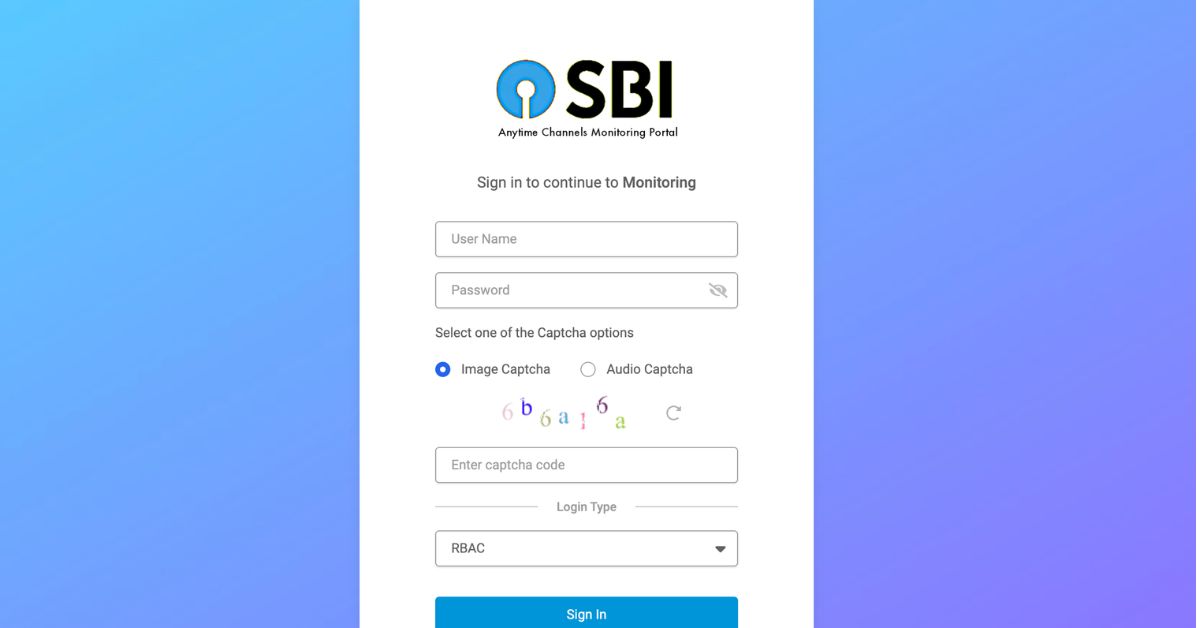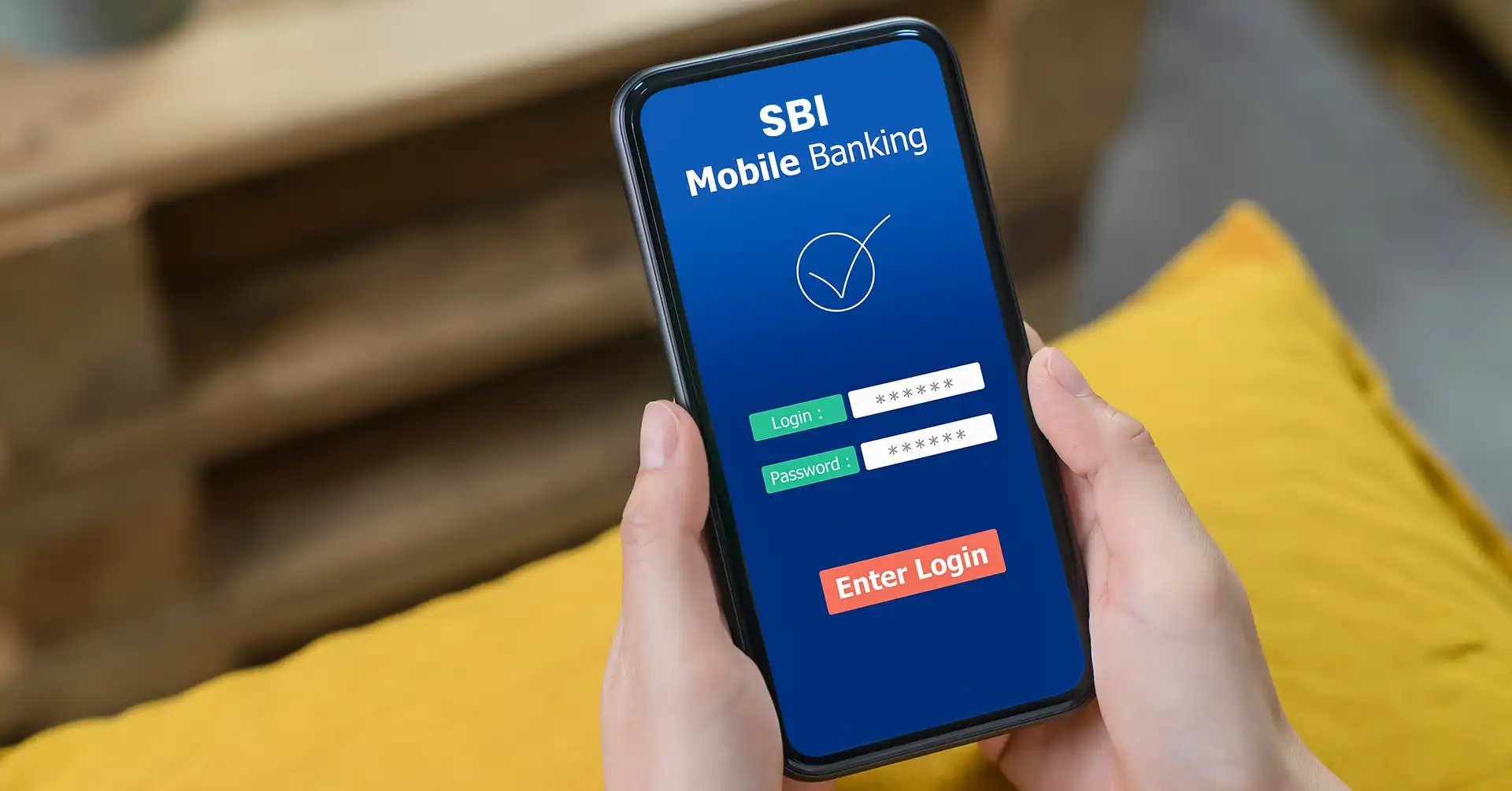In the digital banking ecosystem, transparency, real-time monitoring, and system health are critical — not just from the customer’s perspective, but even more so from the bank’s internal operations side. The atmmon.sbi online login portal is a specialized tool built for the State Bank of India (SBI) staff and administrators to oversee and monitor SBI’s sprawling ATM network.
In this article, we’ll walk through what atmmon.sbi is, how to log in (or gain access), its features, benefits, security best practices, troubleshooting tips, and more. Whether you are an SBI operations manager, technical staff, or just curious, read on for a comprehensive understanding.
What is atmmon.sbi?
atmmon.sbi (often referred to as “ATMmon”) is the “Anytime Channels Monitoring” portal of SBI — an internal monitoring and management system that allows authorized SBI personnel to monitor ATM status, performance, transactions, complaints, maintenance, and security in real time. The portal is not user-facing (i.e. for general banking customers) but is designed for internal operations, branch staff, and maintenance teams.
When you go to atmmon.sbi/SSTOB/login.aspx, you are greeted with a login screen for the portal.
Another entry point is via a Single Sign-On interface: atmmon.sbi → /sso/a/login.html with parameters for Monitoring application.
The portal is essential to streamline ATM network monitoring, detect issues, route maintenance, escalate complaints, and ensure the reliability of SBI’s ATM infrastructure.
Why ATMmon is Important
SBI operates one of the largest ATM networks in India. Keeping all those machines up and running, catching faults, monitoring usage trends, spotting fraud, and quickly reacting to problems is no small feat. ATMmon helps centralize that oversight.
Key reasons why ATMmon is vital:
- Real-time monitoring of ATM uptime, connectivity, cash status, and other health metrics
- Transaction tracking, so administrators can see volume, failed transactions, and trends
- Complaint & issue tracking — e.g., card retention, transaction reversal, dispenser jams
- Maintenance scheduling, both preventive and corrective
- Security alerts and anomaly detection (e.g., suspicious patterns, tampering)
- Operational dashboards & analytics to help decisions on redeployment, replenishment, or decommissioning
By having a unified portal, SBI reduces duplication, avoids silos between branches or regions, and improves responsiveness to ATM downtime — which directly impacts customer satisfaction.
How to Access & Log In to atmmon.sbi

Because atmmon is an internal tool, general bank customers or common retail users won’t have standard credentials unless explicitly authorized by SBI. The login process is usually restricted to staff.
Here’s how it generally works:
- Obtain credentials: Your branch/region’s IT or operations team must assign you a user ID and password with suitable privileges.
- Go to the login URL: e.g.
- Solve the CAPTCHA / human-verification (image or visual code)
- Enter username / password
- Submit and proceed to the dashboard (if valid credentials)
- If logged out/inactive, you might be redirected to a logout or re-login path
Because this is a sensitive internal portal, some additional security components may be used like IP whitelisting, two-factor authentication, session timeouts, or VPN access.
If you don’t already have access or have forgotten your credentials, you typically need to coordinate with your SBI regional IT / admin department to get access or reset.
Key Features & Modules of atmmon.sbi
Below is a table summarizing some of the core modules or data views you can expect in the ATMmon portal:
| Module / Dashboard | Purpose / Functionality | Key Metrics or Actions |
| ATM Status Overview | Real-time status of all ATMs | Online/offline, connectivity health, last heartbeat time |
| Transaction Analytics | Transaction volume & trends | # of withdrawals, failed transactions, peak times |
| Cash Replenishment & Inventory | Monitor cash levels and refill schedules | Cash-depleted alerts, planned refills |
| Complaint Management | Track customer / ATM complaints | Card stuck, failed reversal, maintenance tickets |
| Maintenance Scheduler | Plan, assign & track maintenance tasks | Preventive vs reactive tasks, technician logs |
| Security & Alerts | Monitor anomaly, suspicious events | Tamper alerts, unauthorized access, alarm logs |
| Reports & Exports | Generate periodic reports | Daily, weekly, monthly logs, export data |
These modules help streamline operations and ensure that ATM failures or issues are spotted and addressed as quickly as possible.
Step-by-Step: Logging Into atmmon.sbi Online (For Authorized Users)
Here is a more detailed walkthrough (assuming you have the authorization):
- Open your browser (preferably a secure, organization-approved one).
- Type in the login URL directly — do not use bookmarks or suspicious links.
Eg: - Complete the CAPTCHA / anti-bot test.
- Enter your user ID and password.
- Click “Submit” or “Log In.”
- If logging in for the first time, you may be forced to change your password or set up further security (depending on SBI’s security policies).
- On successful login, you will land on the ATM dashboard or landing page.
- Use the navigation panel to access modules like “ATM Status,” “Transactions,” “Maintenance,” etc.
- When done, log out / sign off properly to ensure the session ends.
If login fails, check errors such as “invalid credentials,” “account locked,” or “session expired.” Reach out to the IT helpdesk for resets or unlocking.
Best Practices & Security Considerations
Because you’re dealing with a sensitive internal portal, these practices are essential:
- Always use the correct / official URL and ensure HTTPS / SSL
- Do not share or write down your password in insecure places
- Use strong passwords, and change them periodically
- Ensure your workstation is secure, antivirus up-to-date, and no malware
- Avoid logging in from public networks or open Wi-Fi
- Log out completely after use — avoid leaving sessions idle
- Use Multi-Factor Authentication (MFA) if enabled
- If you see suspicious behaviour (e.g. unknown login, alerts), report it immediately
- Limit user access to only those modules necessary (least privilege)
- Regular audit of user activity and logs
SBI likely enforces many of these practices internally, but as a user, you should always follow them.
Common Issues & Troubleshooting
Even authorized users may occasionally face problems. Here are common issues and solutions:
- Invalid credentials / wrong password — reset via your IT / admin
- Account locked after too many attempts — request unlock
- CAPTCHA image not loading / error in human verification — clear cache, try another browser
- Session timeout or auto logout — log in afresh
- Dashboard modules not visible — permission restrictions
- Network connectivity errors — check firewall, VPN, corporate network
- SSL / certificate warnings — avoid proceeding unless validated by IT
- Browser incompatibility — use recommended browsers only (e.g. Chrome, Edge)
If persistent issues arise, coordinate with SBI’s internal IT support or the operations team for resolution.
Why atmmon.sbi Is Important for SBI’s ATM Ecosystem
Large banks like SBI run thousands of ATMs across remote areas, towns, and urban locales. A few hours of downtime in one location can inconvenience numerous customers and erode trust. The benefits of the ATMmon portal include:
- Proactive issue detection — rather than waiting for customer complaints
- Reduced downtime — faster maintenance, quicker rectification
- Better resource allocation — technicians, cash, spare parts may be staged based on usage trends
- Analytics for optimization — decide which ATMs to upgrade, replace or relocate
- Centralized control — uniform visibility across all branches, zones, states
- Audit trail & accountability — user logs, change logs, issue logs
- Security oversight — detect anomalies, tampering, fraud attempts
In short, ATMmon is the nerve center that helps SBI run its ATM network more efficiently, reliably, and securely.
Integration with Other SBI Digital Platforms
Although atmmon is internal, it complements SBI’s external consumer banking tools:
- SBI’s general internet banking portal (retail) is at retail.onlinesbi.sbi and offers standard user banking functions.
- The OnlineSBI portal for personal / corporate is the public‐facing internet banking service.
- SBI also maintains digital banking services via YONO (for mobile/consumer side).
While ATMmon is focused on operations and infrastructure, the other portals interface with customers. Data from ATMmon may feed into backend analytics, service availability dashboards, and customer complaint resolution tools.
Sample Use Case: How ATMmon Helps During a Downtown ATM Failure
Imagine an ATM in a busy city center goes offline in the evening. Here’s how ATMmon streamlines the response:
- The ATM’s “heartbeat” stops sending status updates, marking it offline in ATMmon → triggers an alert
- Operations team or regional control sees the outage via the dashboard
- The system shows last transaction time, cash levels, and error codes
- A maintenance ticket is raised in ATMmon’s Complaint/Issue module
- The nearest technician is assigned via the Maintenance Scheduler
- Replacement parts or cash load is prepped, based on the inventory module
- Remote or on-site troubleshooting occurs
- Once fixed, the status flips back to online, and recovery is logged
- A report is generated that evening for management review
This process avoids delays, duplication of effort, or blind spots in communications between branches and the central operations team.
Tips for Maximizing Your Use of atmmon.sbi
- Explore dashboards thoroughly — drill down into metrics (e.g. regional, zone, branch level)
- Set up alerts / push notifications (if available) for critical thresholds (e.g. cash low, offline)
- Use data export / reports to analyze trends over weeks/months
- Train new users periodically so multiple people understand the tool
- Document standard operating procedures (SOPs) tied to the tool’s events
- Feedback & feature requests — if you see usability issues, suggest improvements to IT
- Archive old logs — but maintain retention per policy
- Correlate ATMmon data with customer complaints from branch or public channels
By using these practices, you ensure ATMmon becomes not just a monitoring tool but a strategic dashboard that drives improvement.
Conclusion
The atmmon.sbi online login portal is a powerful and indispensable backend tool for SBI’s internal operations. Although not accessible to common banking customers, it serves as the backbone for ATM stability, maintenance, performance analysis, and more. Authorized staff who master its features and follow best security practices help ensure that SBI’s ATM network remains reliable, efficient, and secure.
If you are part of SBI’s operations or branch network and want help navigating any specific module or use case in ATMmon, feel free to ask — I’d be happy to clarify further.
Also Read About :- NewsApollo com
